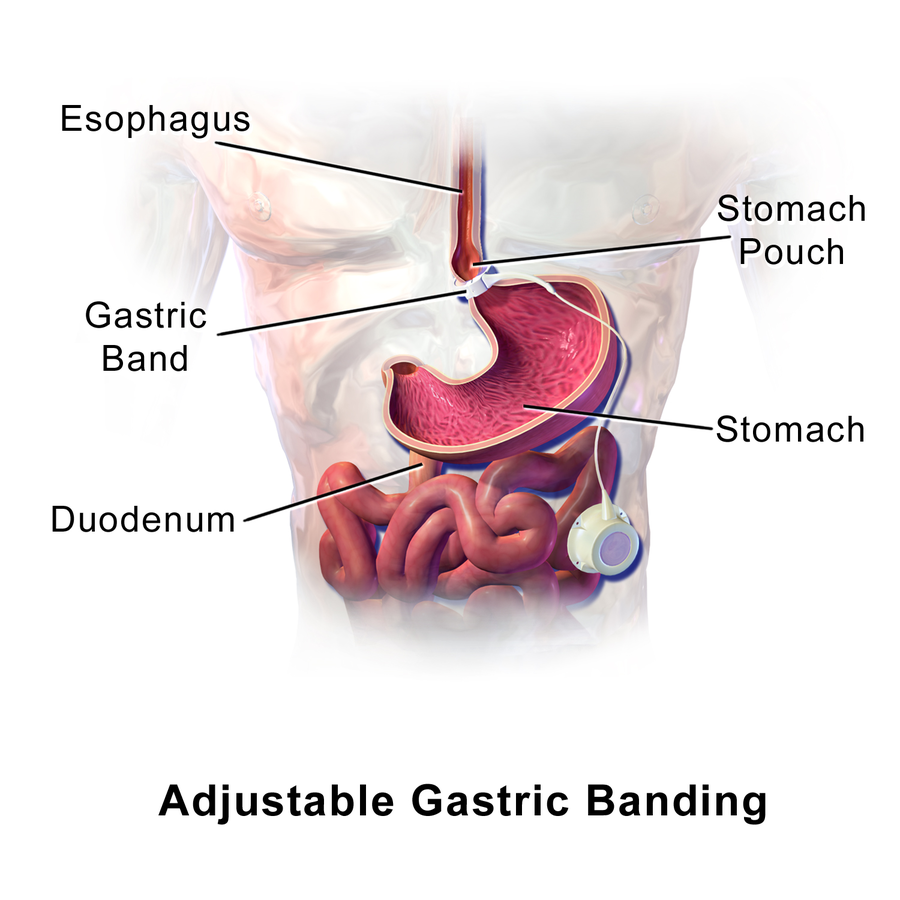
The sleeve gastrectomy, or gastric sleeve, has become a popular option for the obese who are unable to lose weight through conventional methods. Numerous studies have now demonstrated that the gastric sleeve is an effective and relatively safe procedure, enabling people to eat less and experience less hunger, thereby losing weight and generally improving their overall health.
The gastric sleeve is just one of many different types of bariatric procedures available. It is very important that you visit a specialist, who will be able to discuss all the different options with you, highlighting their pros and cons. This will enable you to make an informed decision in terms of how best to approach your weight issue.
Below is further information designed to be a general guideline about this weight loss sleeve in particular, and what it entails. However, do make sure that you discuss these facts with your surgeon before determining that you want to have the procedure completed. While relatively safe, it is a permanent procedure that will require a significant lifestyle change on your part.
Facts About the Gastric Sleeve
-
The gastric sleeve is also often called the sleeve gastrectomy, as recently mentioned. Those who have had it refer to it as “the sleeve”, and to themselves as “sleevers”.
-
The procedure is called the sleeve because of the way it reshapes the stomach. By removing a large proportion of the stomach and attaching the top and bottom parts of it together, a tube, or sleeve shape, is created.
-
The sleeve is made up by stapling the top and bottom part of the stomach together, which is only about 10% of the size of the original stomach. It also removes the element where hunger-inducing hormones are created.
-
Because the stomach is significantly reduced in size, people feel fuller quicker.
-
When people get fuller quickly, they start to eat less. They reduce the portion sizes and are less likely to go back for seconds (or to have a dessert), because they don’t have room.
-
The digestive tract is not affected by the sleeve, which means all food is fully absorbed. The digestive process is not changed, therefore.
-
The gastric sleeve is a different procedure from the gastric bypass. That said, they have similar weight loss results. However, with the bypass, a part of the small intestine is bypassed, which means the digestive process is changed as well.
-
The procedure is usually done laparoscopically, which means that it is much safer. Recovery time is therefore quicker, the risk of complications is significantly reduced, and there is far less scarring. Usually, five incisions are made during this procedure, but some surgeons are now trained to perform it using just two incisions.
-
In order for the surgery to be successful, you must be committed to fully changing your lifestyle. This means eating less, focusing on balanced, nutritious food, and getting plenty of exercise. Usually, you will receive extensive counseling to support you in this.